
The Hindenburg (1996)
The history of lighter than air transportation culminating in the Hindenburg explosion which gets thoroughly covered and analyzed.

The history of lighter than air transportation culminating in the Hindenburg explosion which gets thoroughly covered and analyzed.
 Rip TornNarrator
Rip TornNarrator"Search For The Mothman" is a documentary that explores the unusual disturbances, odd sightings, bizarre occurrences, and strange eyewitness reports connected to a creature known as the "Mothman" (first sighted in the Point Pleasant, West Virginia area in the sixties). Strangely, the sightings and disturbances seemed to reach a peak with several area residents sharing the same nightmare of a river disaster. On December 15, 1967, the Silver Bridge - spanning the Ohio River between Point Pleasant and Gallipolis, Ohio - collapsed into the frigid water (sending 46 people to their deaths). Many of those who lost their lives had reported seeing the Mothman. Perhaps most disturbing, there were no reported sightings after the bridge accident.
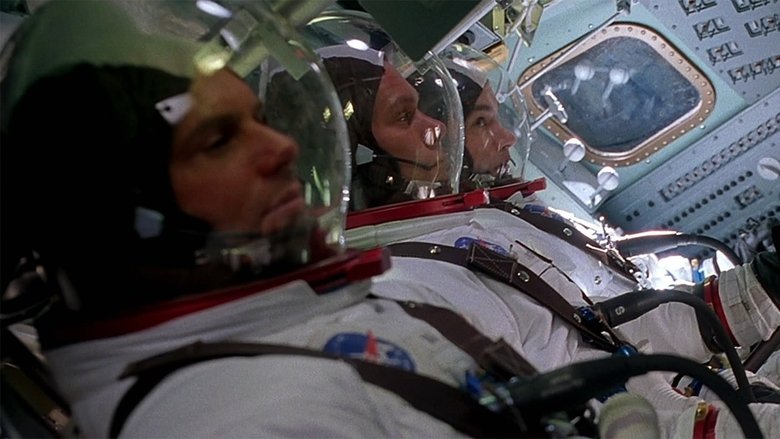
The true story of technical troubles that scuttle the Apollo 13 lunar mission in 1970, risking the lives of astronaut Jim Lovell and his crew, with the failed journey turning into a thrilling saga of heroism. Drifting more than 200,000 miles from Earth, the astronauts work furiously with the ground crew to avert tragedy.
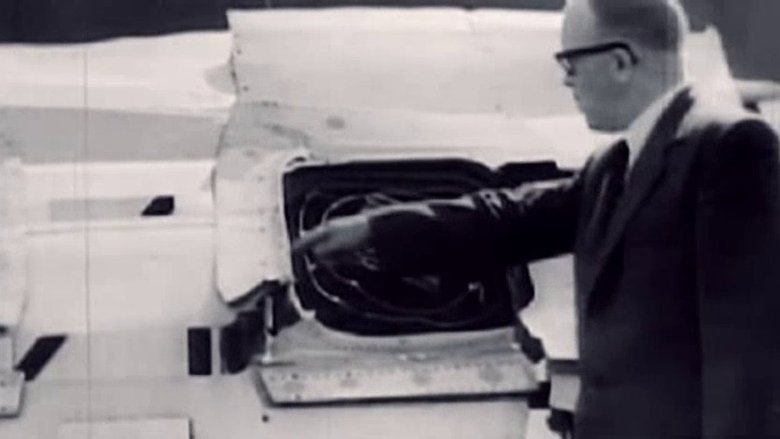
The De Havilland Comet was the world's first passenger jet airliner. But less than two years into service, two aircraft blew up in mid-air, killing all aboard. PM Winston Churchill ordered an assemblage of experts to discover what went wrong - in the process, inventing many of the air crash investigation techniques still used today.
On April 4, 1979, TWA Flight 841 came within seconds of crashing following a mysterious nosedive. In an exceptional television documentary, CBS News recounted the events of the flight, the official investigation, and the ongoing controversy over where responsibility lay for what took place. Producers Paul and Holly Fine painstakingly reconstructed the flight, reuniting many members of the crew and most of the passengers for a frighteningly realistic re-creation of their shared nightmare. Distinguished by its fairness, thorough attention to detail and reliance on the facts of the incident as reported by the crew and in subsequent investigations, this program is television documentary at its best. For handling an unusual subject in an informative and riveting manner, a Peabody was awarded to CBS News for The Plane That Fell From The Sky.
The largest man-made disaster of the 20th century, now largely lost to history. A journey through the early history of Los Angeles and the city's water needs. Ever-growing demand led to larger and larger projects, and eventually to tragedy. The history of the tragedy, the role of William Mulholland in the disaster and the city's water development, and how the lessons of the tragedy reflect on our current infrastructure needs today.
Three years in the making in conjunction with the BBC. Using never seen before home movies, photos and eye witness accounts - this is the inside story of the world's biggest motorsport disaster.

In 1996, Universal Pictures released 'Twister', a film about tornado researchers. This documentary revisits the topic, exploring the motivations of those risking their lives to study dangerous weather. With never-before-seen footage and interviews, it delves into the lives of Storm Chasers.
On the 19th of November 2010, the Pike River mine exploded with 31 men trapped inside. In the immediate confusion that followed no one knew what had happened. Within hours two men would manage a heroic escape but 29 remained unaccounted for. Over five days the men’s families and loved ones waited, hoping they would come out alive. Then two further explosions sealed the men’s fate. However, the fuse that would eventually snuff out so many lives was lit decades before. Set in the drama of the five days between the three explosions, Pike River reveals the tragic back story of the mine where pressure for profits would eventually contribute to the deaths of 29 men. Featuring interviews with the Pike River families and scripted drama to depict key events.

The sinking of the Titanic is presented in a highly realistic fashion in this tense British drama. The disaster is portrayed largely from the perspective of the ocean liner's second officer, Charles Lightoller. Despite numerous warnings about ice, the ship sails on, with Capt. Edward John Smith keeping it going at a steady clip. When the doomed vessel finally hits an iceberg, the crew and passengers discover that they lack enough lifeboats, and tragedy follows.

Ben Fogle spends a week living inside the Chernobyl Exclusion Zone, gaining privileged access to the doomed Control Room 4 where the disaster first began to unfold.
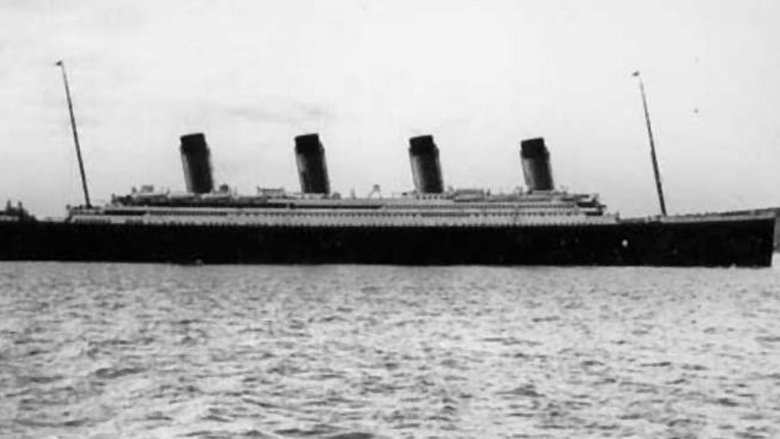
The "unsinkable" Titanic was a dream come true: four city blocks long and a passenger list worth 250 million dollars. But on her maiden voyage in April 1912, that dream became a nightmare when the giant ship struck an iceberg and sunk in the cold North Atlantic. More than 1,500 lives were lost in one of the greatest disasters of the 20th century. Now, using newsreels, stills, diaries, and exclusive interviews with survivors, Titanic: The Complete Story recounts the sensational history of the premier liner. In Part I: Death of a Dream, the largest ship ever built is christened in Ireland before a cheering crowd of 100,000. Witness the disaster this trek becomes as numerous iceberg warnings go unheeded and the ship sinks in the icy North Atlantic. In Part II: The Legend Lives On, over-packed lifeboats edge away from the crippled liner as a futile SOS signals flare into the night--leaving 1,500 passengers to a watery grave.
The film explores the background and build-up to this final flight to disaster. Using dramatic reconstruction, archive footage and exclusive interviews with leading historians and engineering experts, the special delves into the political and scientific events that led up to the catastrophe.
"1985: Heroes among Ruins" is a reflection of disaster. It is about the human solidarity, the search and rescue and the importance of civil protection, but above all, the triumph of the people over devastation during the earthquake of September 19, 1985 in Mexico City and the one ocurred in September 19, 2017.

Torn by personal guilt, Italian General Umberto Nobile reminisces about his 1928 failed Arctic expedition aboard the airship Italia.
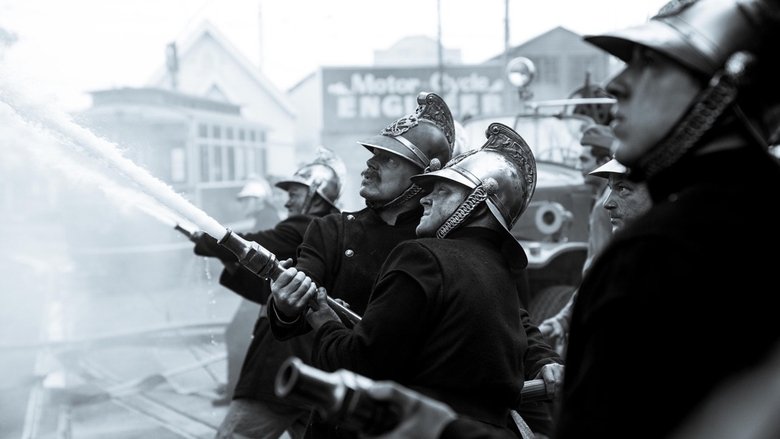
In November 1947 forty-one people died in a massive blaze that gutted the huge Ballantynes Department Store complex in the heart of Christchurch’s business district. This is the tragic story of New Zealand’s worst fire disaster.
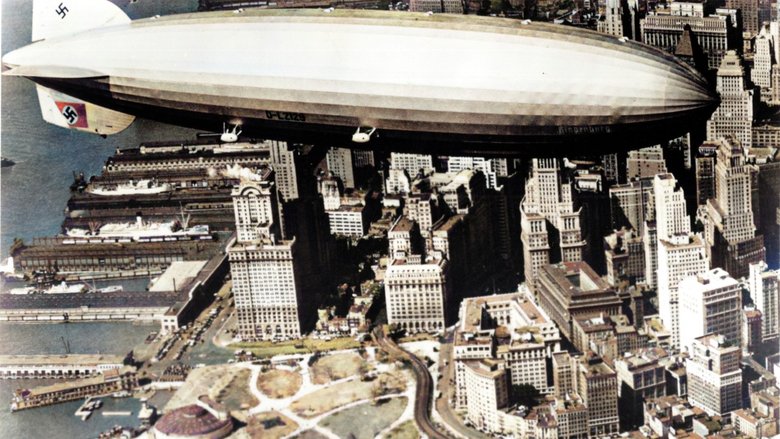
Colonel Franz Ritter, a former hero pilot now working for military intelligence, is assigned to the great Hindenburg airship as its chief of security. As he races against the clock to uncover a possible saboteur aboard the doomed zeppelin he finds that any of the passengers and crew could be the culprit.
Explore the 1928 collapse of the St. Francis Dam, the second deadliest disaster in California history. A colossal engineering and human failure, the dam was built by William Mulholland, a self-taught engineer who ensured the growth of Los Angeles by bringing the city water via aqueduct. The catastrophe killed more than 400 people and destroyed millions of dollars of property.
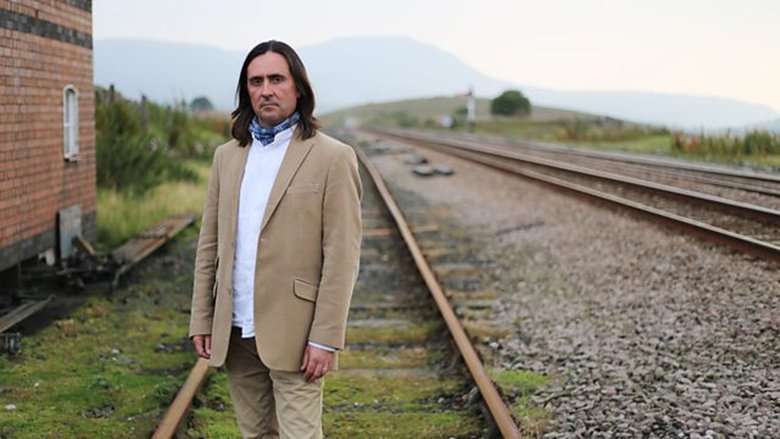
Neil Oliver describes the worst ever railway accident in the UK, which happened a hundred years ago on 22 May 1915, in which three trains collided at Quintinshill near Gretna Green. One of the trains was a troop train taking soldiers to fight in World War I at the Battle of Gallipoli: many of the dead were in this train which caught fire due to escaped gas from the archaic gas lighting in the carriages. The cause of the crash was attributed to a catastrophic signalman's error, but Neil examines whether there were other contributory factors and whether there was a cover-up to prevent investigation of them, making convenient scapegoats of the signalmen.
How secure is our future? This eye-opening documentary -- which uses computer-generated imagery to illustrate an asteroid collision, black holes and worldwide plagues, among other threats -- explores seven scenarios that could spell the end of the world. Interviews with noted scientists examine the extent of preparations for these cataclysmic events and what's being done to save future generations from extinction.
A film cataloguing some of the world's largest catastrophes.